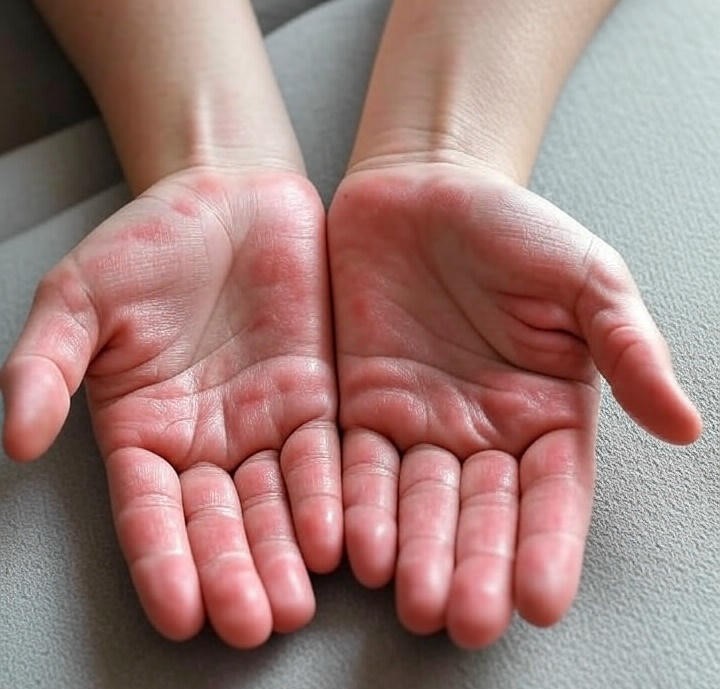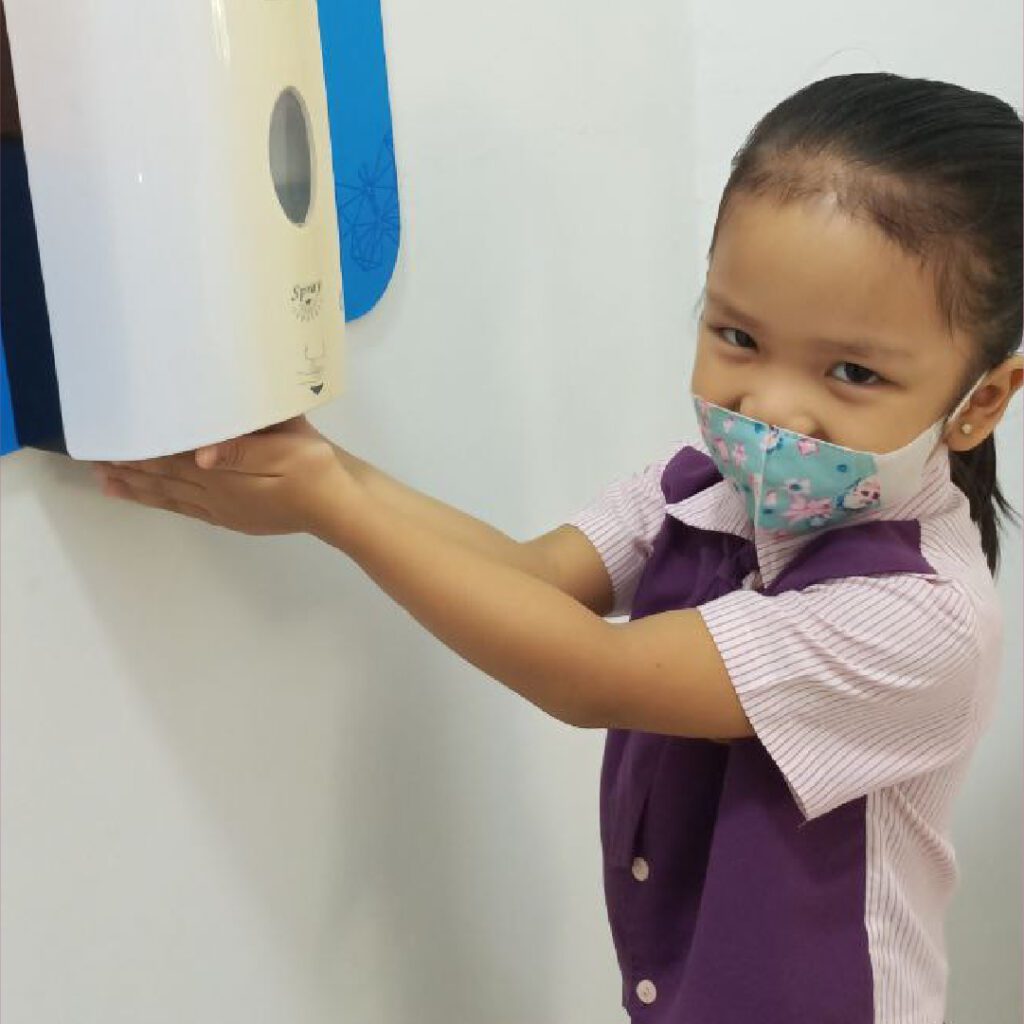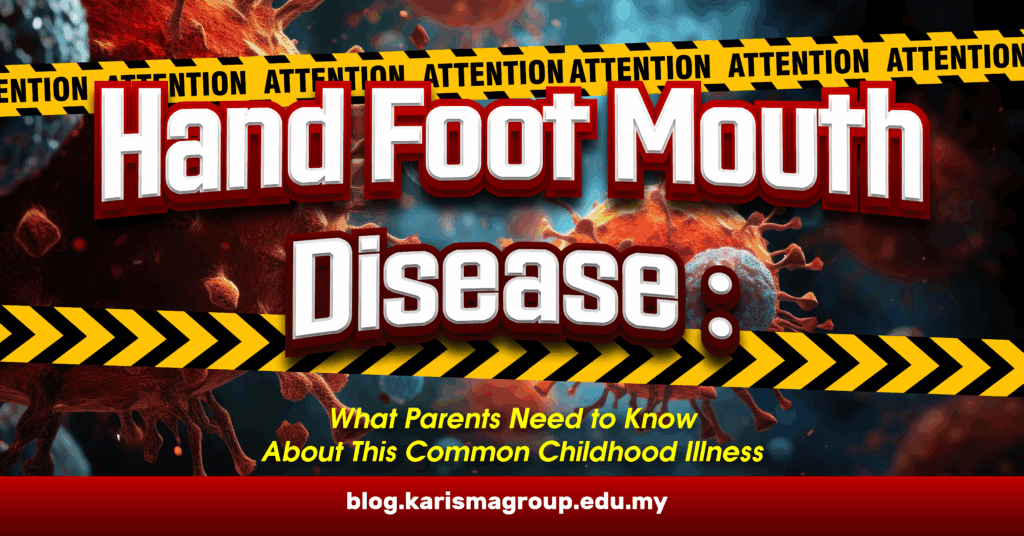
Understanding Hand, Foot, and Mouth Disease: Symptoms, Spread, and Solutions
HFMD is a common illness that usually causes fever, mouth sores, and skin rash. It can spread quickly at schools and day care centers. Most people get better on their own in 7 to 10 days.
Signs & Symptoms

Most children have mild symptoms for 7 to 10 days. Symptoms may include:
- Fever
- Sore throat
- Painful mouth sores that blister
- Rash commonly found on the hands and feet
Complications from HFMD are rare.
Who is at risk?
HFMD is most common in infants and children younger than 5 years old.
If you are pregnant, contact your doctor if you think you may have been exposed to HFMD. Complications from HFMD are rare. However, your own medical history and how far along you are in your pregnancy can affect the situation.
How it spread?
HFMD is caused by viruses. A person infected with one of these viruses is contagious. This means they can pass the virus easily to other people.
HFMD can spread through contact with:
- Droplets with virus particles made after person sneezes, coughs, or talks
- Objects and surfaces that have virus particles
- Fluid from blisters
- Poop
Prevention
HFMD is very contagious. To help prevent catching or spreading HFMD:
- Wash your hands often with soap and water for at least 20 seconds, especially after changing diapers, using the toilet, and coughing, sneezing, or blowing your nose.
- Help children wash their hands and keep blisters clean.
- Avoid touching your face with unwashed hands, especially your eyes, nose, and mouth.
- Clean and disinfect frequently touched surfaces and shared items, including toys and doorknobs.
- Avoid close contact with an infected person, such as hugging or kissing them.

Treatment and Recovery
HFMD is usually not serious. Most people get better on their own in 7 to 10 days with minimal or no medical treatment. You can take steps to manage symptoms while you or your child are sick.
Manage symptom at home
Relieve pain and fever. Take over-the-counter medications to relieve fever and pain caused by mouth sores. Never give aspirin to children.
Prevent dehydration (loss of fluids). You can take steps to relieve symptoms and prevent dehydration while you or your child are sick. Drink enough liquids. Mouth sores can make it painful to swallow, so your child may not want to drink much. Make sure they drink enough to stay hydrated.
When to return to school?
Because HFMD is normally mild, children can continue to go to child care and schools as long as they:
- Have no fever.
- Feel well enough to participate in class.
- Have no uncontrolled drooling with mouth sores.
Talk with your child’s healthcare provider if you are still not sure when it is okay for them to return. Sometimes, the local health department may require children with HFMD to stay home to control an outbreak.
